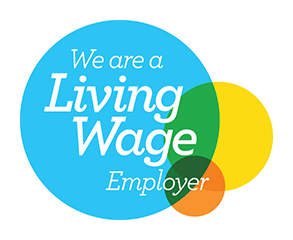With this being Advocacy Awareness Week, it seemed fitting to talk about the stories of the people we work with. As advocates, we work with people with some of the most incredible life stories. They have had good and bad times like all of us, but at the point at which we come into their lives, they need someone to stand by them and help them to steady their own ship or navigate to the next port.
The most common way that we demonstrate a piece of work we’ve done with someone is by writing a case study. I’m not sure when the term ‘case study’ came into popular use, but it does sound quite impersonal, as if the person is a case, the piece of writing is a study on something, rather than a story about a point in time in a person’s life.
When our advocates write ‘case studies’, I enjoy reading them, getting a sense of the person, their unique circumstances, what was happening and, perhaps for me, most importantly, what the advocate did. Not only am I interested in what they did, I’m eager to know how they did it and why, what approach did they use, how did they communicate with that person, what did they help the person achieve and what impact did that have on the person’s life at that time, or possibly, for a long time. (questions, questions…..)
For me, and I’m sure for any other reader, the more I can picture the person in my head, the better. I want to know about their rich life story, warts and all. I want to understand how they have lived and how they want to continue living. Some of the best case studies I have ever read have told stories of people overcoming barriers, prejudice or adversity with the support of an advocate, then gone on to return to or enjoy the sort of life they want to live.
A good way to write a story is to think about it using something I’ve recently learned about in a webinar by NDTi called ‘The Pixar Pitch’. This encourages us to think about setting the scene – what was happening?, what changed?, why?, what happened in the end? I’d like to think that advocacy comes in at the point of what changed? and why?
Advocates shy away from talking about the impact they have on a person’s life when they’ve supported them through a difficult time or decision. So often, when I read a case study, I’ll learn about the person, what was happening, what changed but the advocate rarely makes it clear that why it changed, was because of what they brought into the situation.
Advocates carry around in their heads an encyclopaedia of information on Acts of Parliament, codes of practice, case judgements and case law, local Health & Social Care protocols and processes, local services and resources as well as having superpowers in finding ways of communicating with people with all different illnesses and conditions in a way that makes them want to communicate back to them.
The people we work with are complicated and their stories are compelling. Their stories are made even more so when something changes for the better because of an advocate stepping into their life, even for a short time.
So, I think what I’m trying to say is that this Advocacy Awareness Week, us advocates need to celebrate the work we have done and continue to do by telling stories about the fascinating people we work with, but to not forget to say exactly what we did that helped something change for the better!













